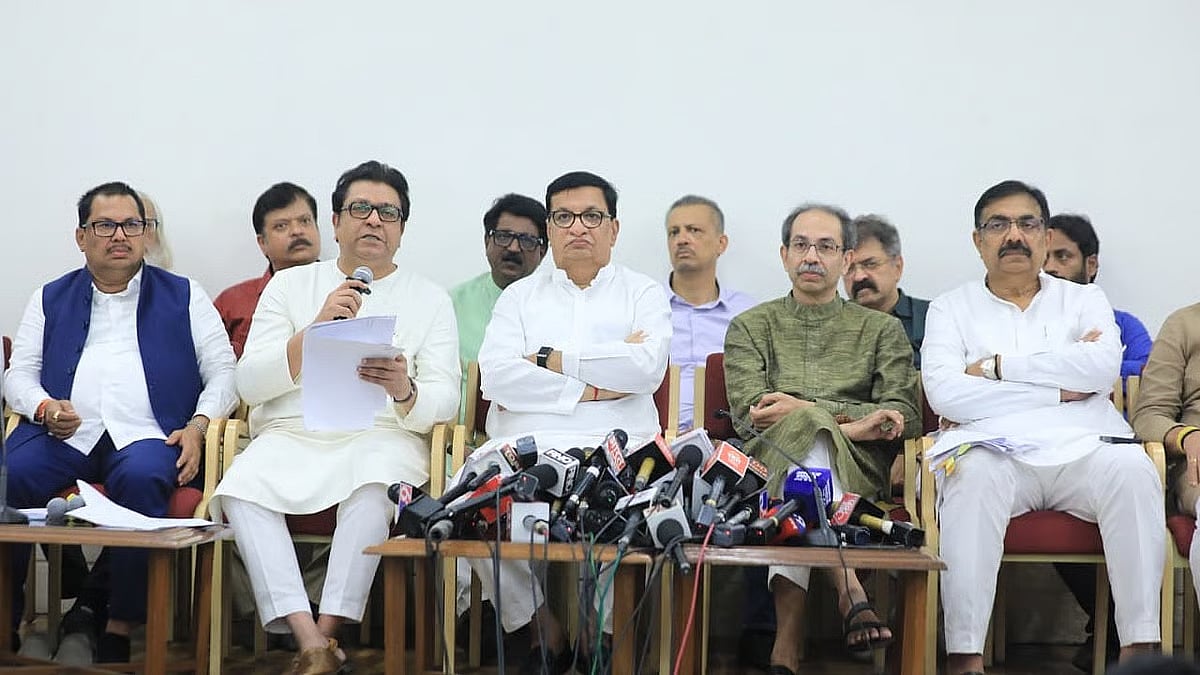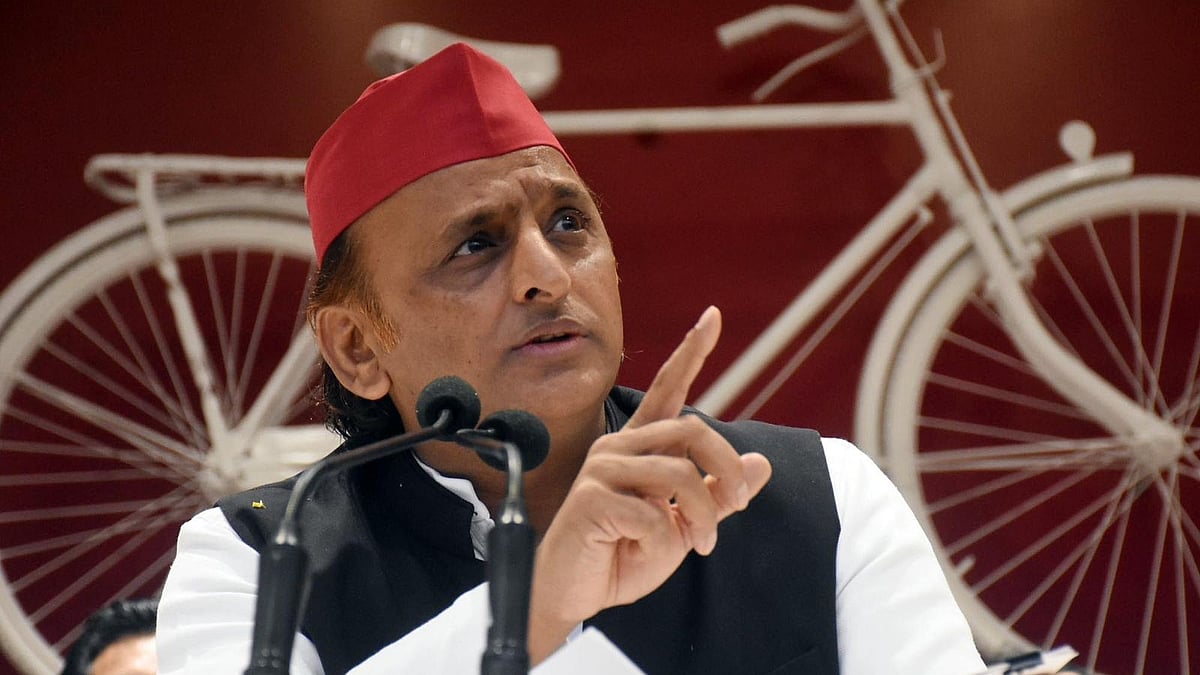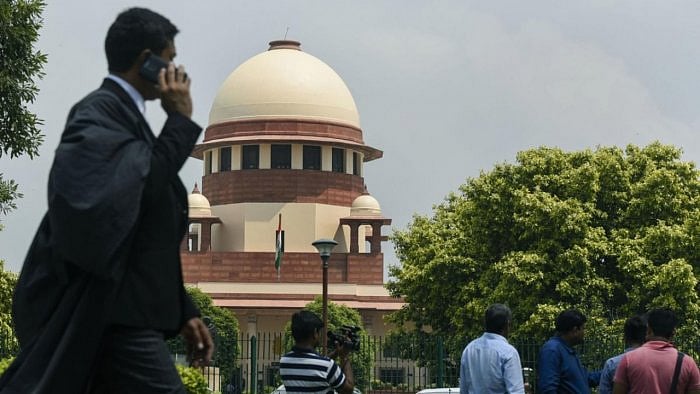Inflation is a word that is dreaded by many. It worries the not-so-rich because it can decimate their savings, and make the cost of living difficult. It worries businessmen too, because it will mean paying more for inputs, and depreciates the value of the final price at which they sell. It worries governments too, because it can actually dampen voter support.
What is inflation?
Inflation is the progressive increase in the price of commonly used goods and services over a prolonged period. It causes the purchasing power of a consumer to decrease, therefore decreasing the value of a currency since the same amount of money can buy fewer goods and services. Inflation results in uncertainty about the future of the economy and hence businesses find it hard to plan, investors are unsure of the value of their investment, and there is social unrest due to the reduced standard of living. However, it is important to note that inflation is not all bad, stable a moderate inflation is often acceptable for driving consumption and it creates a baseline of growth in the economy.
What causes inflation?
There is no one particular cause of inflation since many factors in the economy combine and result in the devaluation of a certain currency. However, the distinctive situations that cause inflation to take place are explained below.
1. When demand is greater than supply
When the demand for goods and services in an economy exceeds the supply available, inflation is likely to occur. When the demand for certain goods increases, and supply does not increase commensurately, there is bound to be inflation. At such times, producers raise the price of these goods and services. If the price increases grow rapidly and pinch the pockets of consumers, it could result in a tapering off of demand. That is when policymakers sit up and try to remedy the situation.
2. When input costs go up
Input costs refer to the costs incurred in producing a good or service. There are a multitude of reasons for which the input costs of production such as the increase in costs of raw materials due to increased demand, geopolitical events, and weather conditions.
Or it could be reduced supply for any of the above reasons. Labour costs and the cost of energy also might increase depending on the industry. This results in the firms having to bear higher expenses, and their profit margins decrease. To maintain profitability, they increase the prices of their products. Similarly, for countries like India whose economy depends on imports, the depreciation of their currency in comparison to other currencies will also cause prices to rise. The price rises result in the purchasing power of consumers decreasing. That can be painful.
3. When interest rates increase
The rise in interest rates is not so much a cause of inflation, however, it is a way in which the Central Bank keeps the rate of inflation at the desired amount and stabilizes the economy. Normally, an increase in demand causes the price of goods and services to increase since supply is limited. Therefore, Central Banks increase interest rates which influences the borrowing cost and spending in the economy. This results in the cost of business loans increasing, higher payments on debts, and higher mortgage rates due to which businesses reduce their investments and consumers reduce spending. Demand now decreases which causes an excess in the supply propelling businesses to reduce the prices of their products which stimulates sales and could reduce the rate of inflation. Alternatively, the government may inject liquidity into the markets through doles, freebies or subsidies. That allows more money into the system causing surplus of money. That could stoke inflation. To curb this money supply, central banks increase interest rates. Unless handled carefully, this too could be inflationary.
4. When there is uncertain economic policy
Uncertain economic policies can affect both the demand and supply side of the economy. Excessive spending, wasteful spending, or higher rates of tax can all result in inflation. A very militant labour force can demand higher wages that are out of sync with what companies can bear. That too could hurt consumers and producers alike. Similarly, due to uncertain economic policies, investors change the exchange rates by selling the local currency which can lead to depreciation and a weaker currency. Global supply chains are disrupted due to tensions regarding trade barriers and rising production costs. If uncertainty in policies persist, businesses expect inflation to increase which changes their pricing and production strategies.
5. Government taxation
When the government implements taxes on personal income or consumption, the disposable income of consumers decreases and hence they lack the willingness and ability to spend more on goods and services, the demand decreases. However, when taxes are put on production, the cost of production increases and hence will increase the price of goods and services to get a higher revenue. This will lead to cost-push inflation which increases the price of the goods and services while its value stays the same, hence people pay more money for the same amount of a good which is a sign of inflation increasing.
6. Printing more money
As mentioned above, when a government prints more money, the supply of money in the economy increases. Central banks print more money when existing means of finance (taxes and duties and income from government-owned units) cannot match expenditure incurred by governments. Effectively, more money gets into circulation. That stokes the demand for goods and services increase. However, if the production of goods and services doesn’t meet up with the increasing demand there is an imbalance caused in the economy. There is an upward pressure on prices since there is less amount of goods available and a greater demand for them, hence leading to increased prices. This type of inflation was seen in Germany after World War I, when in order to recover from the damages of war and pay back the Axis powers, they printed excess money. This led to inflation rates rising exponentially and the German economy crashing from 1921-1923.
Given the multiple causes that can stoke inflation, it is imperative for central banks and governments to carefully calibrate the circulation of money on the one hand, and to spend money on those sectors where a decent rate of return is possible. The main aim is to achieve economic stability, addressing societal needs and fiscal responsibilities.
Vidhushi Karnani, 17, a student of Bombay International School, is a passionate learner and believes that writing is an incredible way of communication and knowledge-sharing.












